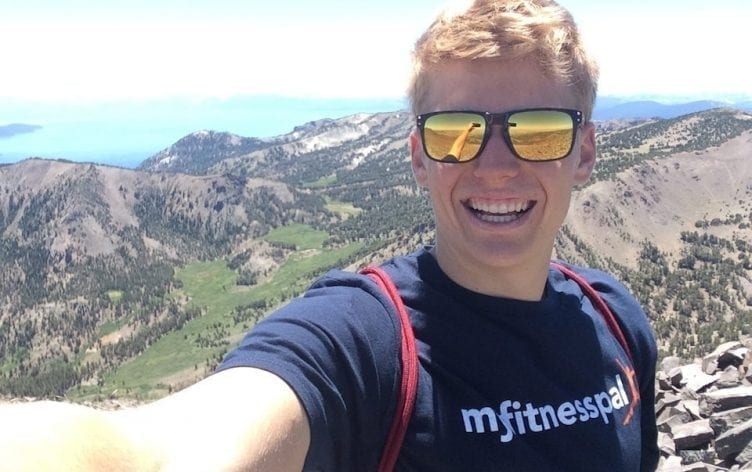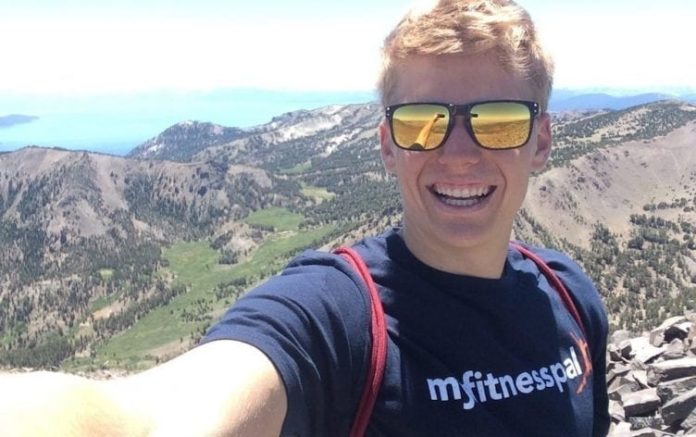
Average to Athlete: The Problem With “Skinny” (& How to Set Healthy Goals)
There I was in Europe with my athlete buddy and his personal trainer, making a life decision. I was the subject of a personal health intervention, and trust me it wasn’t any fun. It was made worse through some of their ribbing while I tried to eat healthier. I often heard taunts from the group, like “Are you on a vacation or a diet?,” when I tried to pass on a round of beers.
The fitness trainer had been asking me about my goals, and in reality, I only had one: Be skinny. “You want to be skinny?” he asked. “Yeah, like, not fat (Duh.),” I had replied. I thought this was a dumb question—doesn’t everyone want to be skinny?
The real answer is no, but I just didn’t know any better. I wanted that chiseled look, like the men on the covers of magazines. The trainer asked me to re-evaluate what I really wanted, and to check back in with him in a few days.
I really should have known better—I once Photoshopped my face on a taut, 6-pack-abs body back in high school, it’s really not that difficult to create a “perfect” image of yourself. Yet, I never stopped to think about whether or not that cover model had himself really been that perfect. Or whether that perfection was really the end-all-be-all goal I believed it to be. Clearly, the trainer was challenging me to see the truth.
A few days passed, and I succumbed to the enjoyment of the trip by going out every evening and indulging in over-the-top experiences. Waffles, wine, big, cheesy burgers, German beer—man, what a party! I certainly wasn’t working toward that “be skinny” goal.
We traveled to London, Paris, Pisa, and a number of places I still can’t pronounce. And I noticed that my friend and his trainer never quite participated in the eating and drinking to the same extent as I did, and yet they still seemed to be enjoying themselves. I began to realize that, although faced with the same temptations, there was a bit of self-control being exercised, and healthier decisions were being made.
During this period, I struggled through some crazy gym sessions, but steadily I gained confidence. I discovered how impossible it is to drop 40 to 50 pounds all at once (you know, to “be skinny”), so I began to make smaller goals that I could achieve daily to stay on track. Some of them seemed miniscule, but they helped me develop healthy habits that I could stick with even after the trip. Things like: reducing my soda consumption by drinking more water, looking for healthier options on menus, and spending 15 minutes a day reading up on healthy eating and nutrition. Here’s how you can set (and achieve!) more realistic fitness goals, too.
1. Start with one big, ambitious goal Pick something that drives you. This should be a long-term goal that will be obtainable over time. Perhaps you’d like to run a 5K, lose 10, 50, or even 100 pounds, or maybe you’d like to climb Mount Everest one day—you name it, with concerted effort and long-term focus and training, you can achieve this goal!
2. Create intermediate goals What can you reach for this month? I found that achieving the mid-level goals, helped to keep me moving forward. To be honest, I learned more during the process of dropping those 50 pound than I did from the actual accomplishment of it. (Yes, stepping on that scale and finally seeing the number I wanted felt great. But all the little milestones I hit along the way felt even better!) Make a plan, and figure out the processes that need to take place in order to achieve your intermediate goals—the results will surprise you.
3. Set small goals daily to stay motivated Whether it’s going to the gym or pushing yourself to hit a PR, I’ve learned that accomplishing something every day, no matter how small, adds up to greatness. The idea is to challenge yourself to be a little bit better today than you were yesterday. Sometimes that means grabbing a heftier dumbbell at the gym, other times it means listening to your body and taking a rest day. It might even mean something even smaller, like serving yourself one scoop of ice cream instead of two. You set the bar!
What are your big, intermediate, and small goals? Share your strategies for reaching them in the comments below!















